Analyzing the State of Continuous Delivery

Mike Vertal
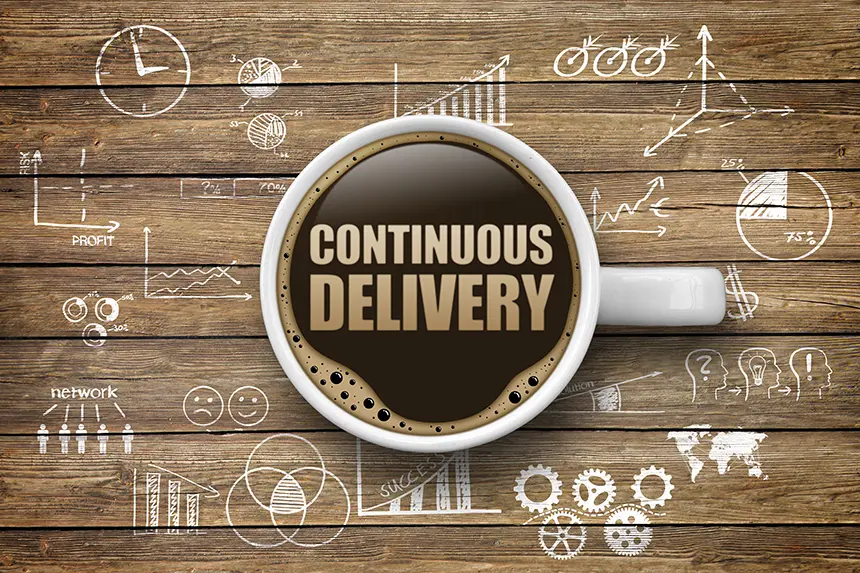
Continuous Integration and Delivery (CI/CD) practices help DevOps teams deliver software better, faster, cheaper, and more reliably. By adopting Continuous Delivery (CD) in particular, enterprise IT can make the release of software smooth and eliminate any inconsistencies attached with the deployment of new code, as development teams work on shorter release cycles. The rise of CD mirrors the rise of cloud-native architectures and microservices. What’s more, it helps automate the software delivery process by making it more efficient and predictable.
This article takes a detailed look into Continuous Delivery and analyzes its current state within the enterprise. It discusses how CD is critical in achieving greater productivity in a software development life cycle.
What is Continuous Delivery?
Continuous Delivery is a sequence of processes in software delivery where DevOps teams use automation to deliver the complete software in regulated and short cycles to different ecosystems as part of the software delivery schedule. The deliveries should be at frequent intervals and carry gradual changes to the code, thus making the software release a low-stress and low-risk event for DevOps and seamless for end users.
Enterprises using Continuous Delivery practices always keep code in an adaptable state so that preparations are not required for updates to go live at short notice. The DevOps mindset should be to implement minute code changes and frequently check these codes into a central repository. The process can be followed multiple times a day so that codes are always in a deployable state. This process is better known as Continuous Integration.
Continuous Delivery ensures there is an automated and systematic way of pushing code changes reliably and consistently to several environments in a pipeline. CD schedules packages and delivers software under the systematic process of coding, testing, and software release.
What is the State of Continuous Delivery?
Software plays an integral part in various industries and organizations. Faster delivery of new software while making sure that services are secure and operationally excellent is the key factor that differentiates business. DevOps is related to Continuous Delivery, and DevOps is an organizational movement that aims to make Continuous Delivery better, building shared ownership among software stakeholders.
Quantifying Success in Software Delivery
Organizations must adopt a set of practices and systematically improve them before adopting Continuous Delivery. These practices are test automation, continuous integration, continuous deployments, automated security, and more. In order to understand if the efforts made are practical, it is essential to track performance against the key metrics.
The four key metrics that are important in measuring software delivery performance are:
- Deployment Frequency: How successfully a team releases software into production
- Lead Time for Change: The amount of time to go from identifying a new requirement to deploying it into production
- Change Fail Rate: The number of failures measured against the number of deployments
- Time to Restore Services: For a failure, the amount of time between deployment that caused the failure and resolution
Software Delivery Performance in 2021
The following statistics are based on the latest Continuous Delivery Foundation Survey, conducted among 19000 + developers from 155 countries between December 2020 and February 2021. The 33-page report is endorsed by the CD Foundation, a part of the Linux Foundation (of which CrafterCMS is a proud sponsor).
Here are the key insights of the performance:
Deployment Frequency
Only 1 in 10 developers is a first-class performer in terms of deployment frequency. In other words, these developers release multiple deployments per day.
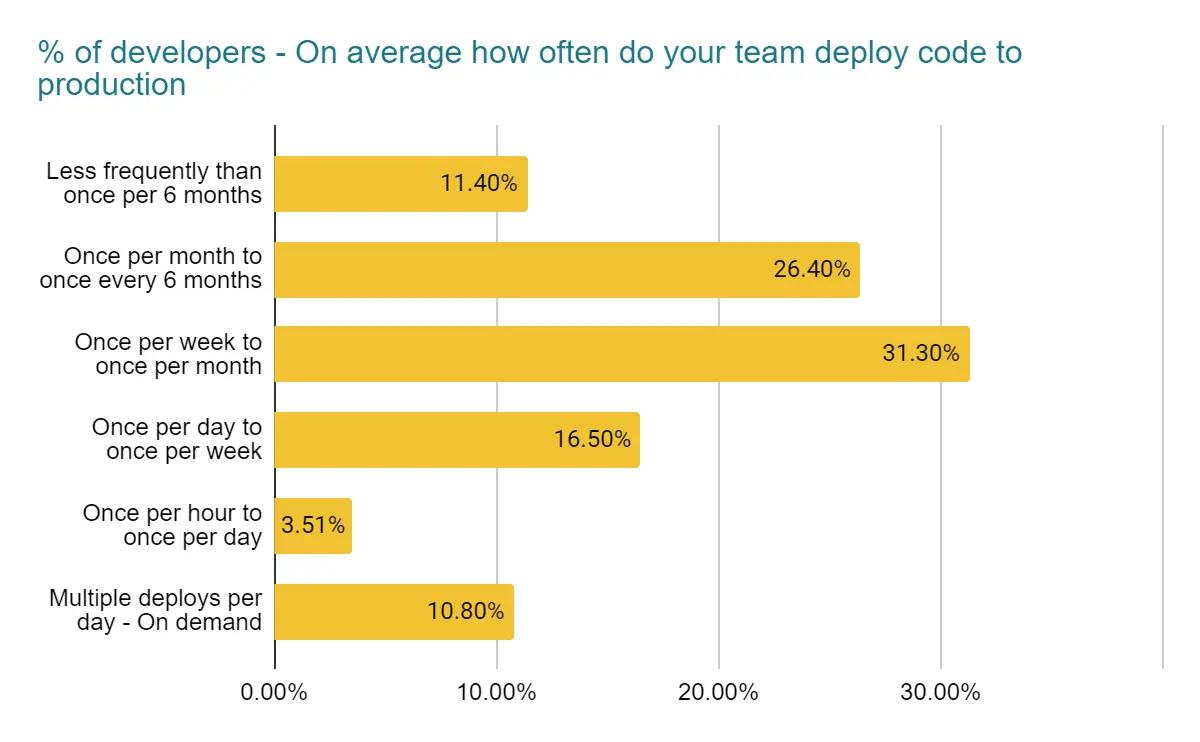
Lead Time for Changes
It takes nearly two-thirds of the developers a minimum of one week to go from code committed to code successfully running in production.
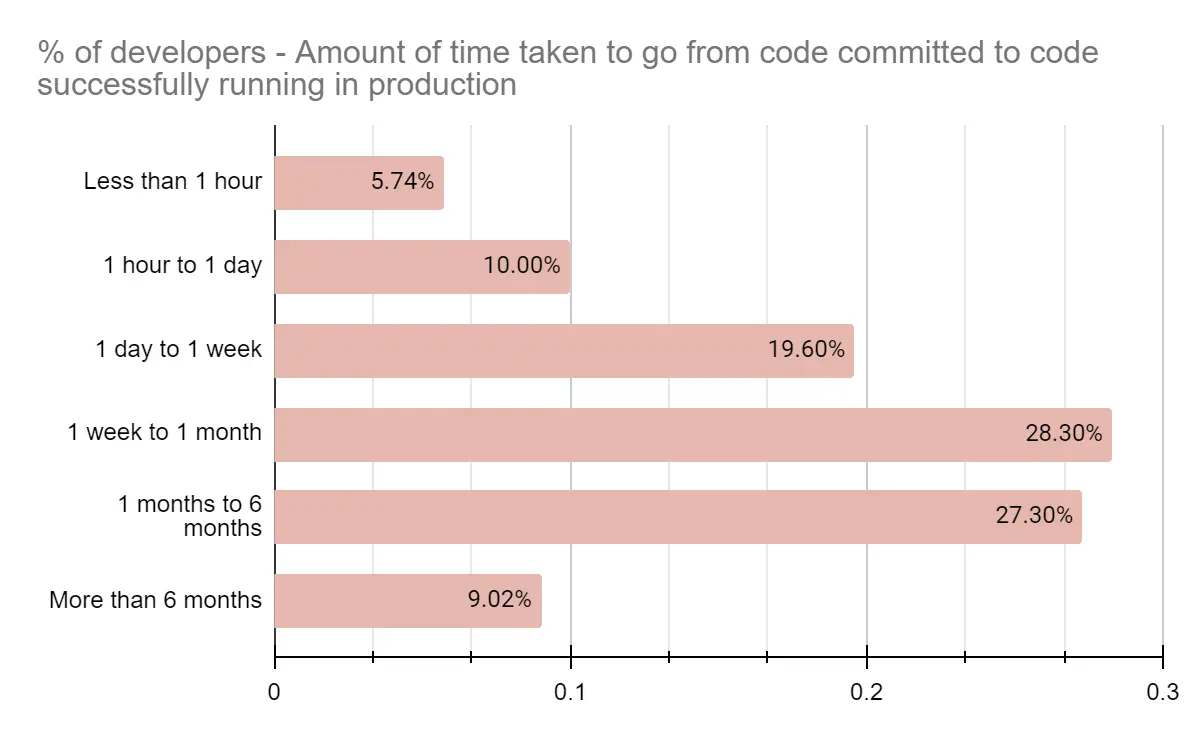
Time to Restore Service
Nearly half of the developers state that they restore service from an unplanned outage or service impairment in less than a day.
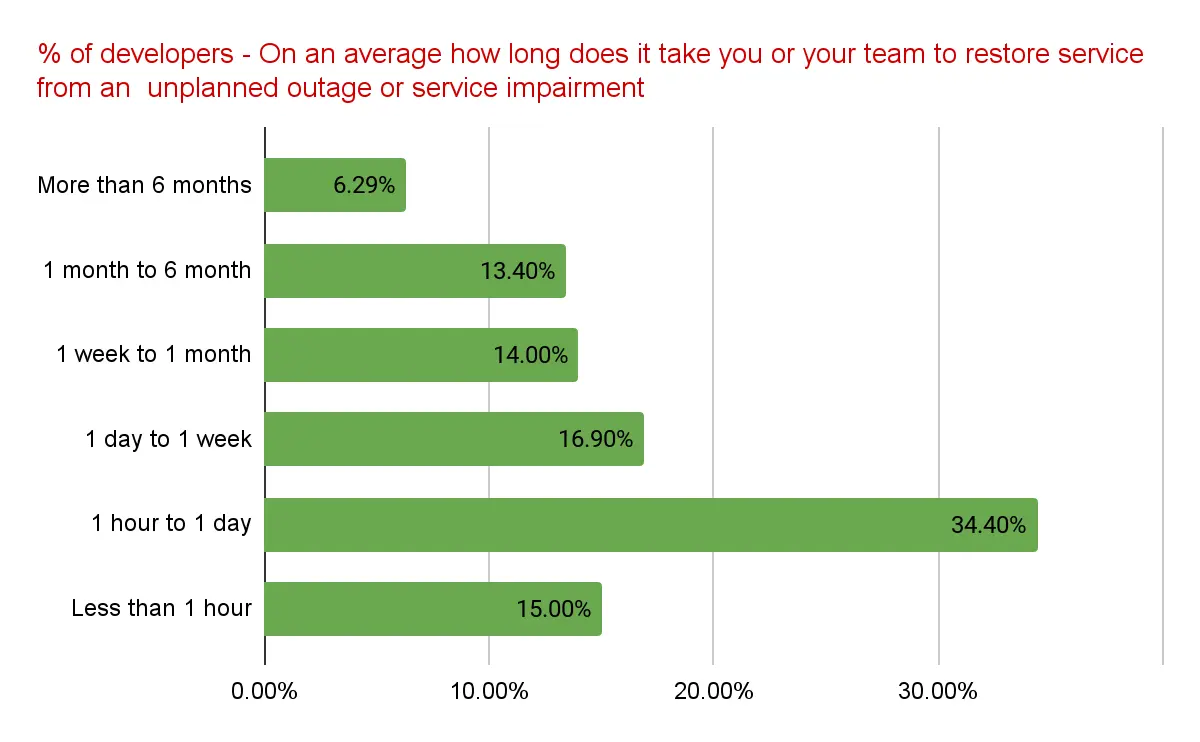
Software Delivery Performance by Industry
This survey helped readers to understand the software delivery performance by industry. This, in turn, helped in answering important questions like: “How do different industries perform at software delivery relative to one another?”
By plotting speed metrics (deployment frequency and lead time for change) versus stability metrics (time to restore services), it is found that the retail industry leads the table on software delivery. In contrast, the telecommunications industry lags behind in comparison to other industries.
Software Delivery Performance by Programming Language
In this segment of software delivery performance by programming language survey, we found that culture plays an important part when it comes to DevOps and Continuous Delivery. The developer culture usually revolves around the programming language ecosystem in a developer community.
The overall performance of the programming language in software delivery was derived by plotting stability metrics (time to restore service) versus speed metrics (deployment frequency and lead time for change). This gave the platform for comparing how communities and their ecosystem were evolving year on year and if they were getting better at software delivery in comparison to each other.
The Top 10 Programming Languages Based on Software Delivery Performance
- Shell Scripting Languages
- Go/Golang
- JavaScript
- PHP
- Scala
- Dart
- C#
- Ruby
- Python
- Java
This report offers a touchstone, from which it is easy to track how developer communities and industries evolve and give continuous support to such industries in their efforts to evolve continuously. Continuous Delivery is essential for innovation and staying relevant in a continuously changing environment.
The State of Continuous Delivery – DevOps Statistics
The CD Foundation’s Report also analyzes how universal DevOps is and recognizes the areas that need improvement.
According to the report, many developers today are primarily engaged in DevOps processes. Before DevOps was widely adopted, developers only concentrated on code development, while deployment and production was an IT operations only exercise. Today, as per the CD report, only 26% of the developers do not participate in any DevOps activity.
This means the majority of the developers are engaged in DevOps related activities, which can be seen in the broad adoption of the practice in organizations of all sizes. At least 80% of the developers working in a company involving two or more employees are involved in DevOps.
The report states that Continuous Integration is the most popular DevOps activity. Approximately 32% of the surveyed developers involve CI in their deployment process.Continuous Delivery comes close second, with 29% of the developers using the activity. Only 18% of the surveyed developers use Continuous Delivery and Continuous Integration to automate the code development queue into deployment and operations completely.
Software Intricacies Presents DevOps Challenges
With DevOps, teams can innovate faster. However, digital transformation or software delivery adoption has not helped increase the industry velocity. As per the report, the software delivery performance has stagnated. The general hypothesis is that software intricacies present DevOps challenges.
Another DevOps challenge is experience or lack thereof. Experience does play a significant part in improving the reliability and speed of software delivery. There is a need for everybody in the industry to get good at software delivery early on in their careers and have it correlated with software delivery performance.
How DevContentOps Supports Continuous Delivery – The Future
As organizations are looking at ways to amplify their DevOps processes, we must start looking beyond teams at organizations as a whole and how they contribute to building better content-rich, digital experience applications. In particular, there is an added emphasis on content-managed applications such as enterprise websites, customer portals, intranets, mobile apps, OTT video experiences, e-commerce sites, voice assistants, among many others.
We can meet these unique demands for organizations by considering the resources involved in managing, creating, and publishing content and digital media for these software applications. DevContentOps is the latest development that further enhances DevOps by considering content editors, creators, and publishers, and integrating the content management system (CMS) into the CI/CD processes. This way, developers, content teams, and IT operations can collaborate effectively to deliver content-enabled software faster, better, and cheaper.
To learn more about DevContentOps, and how CrafterCMS uniquely supports DevContentOps processes with its Git-based content repository, API-first approach, and seamless integration with DevOps processes and CI/CD tools, read our White Paper: What is DevContentOps?
Related Posts

Composable DXP vs Traditional DXP: Why Enterprises Choose CrafterCMS

Amanda Jones

TYPO3 Alternatives: Why Enterprises Choose CrafterCMS

Amanda Jones

Successful Localization Strategies with CrafterCMS

Sara Williams
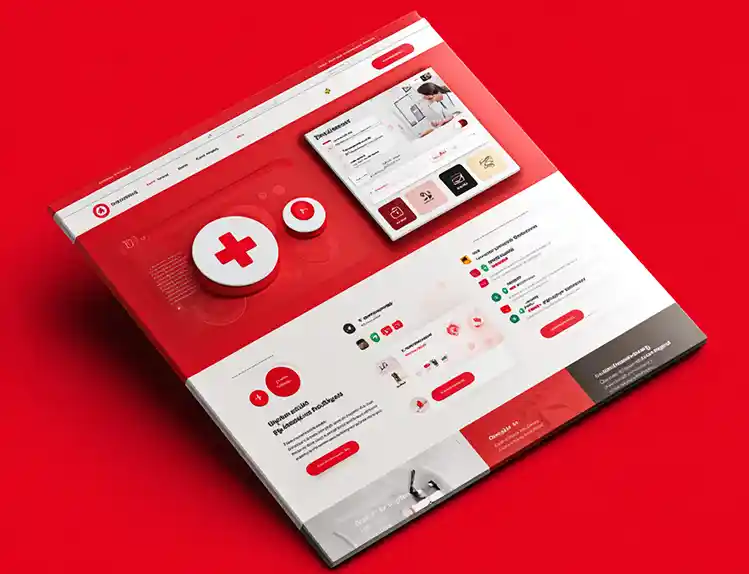
What Kind of CMS Is CrafterCMS? Headless—Plus Everything You Need to Ship Faster

Amanda Jones
Related Resources
-

Introducing CrafterCMS v4.0
Webcast
-

How to Easily Migrate from Drupal to CrafterCMS
Webcast
-

The Hire Street: Powering Private Events and Catering E-Commerce with CrafterCMS
Case Study
-
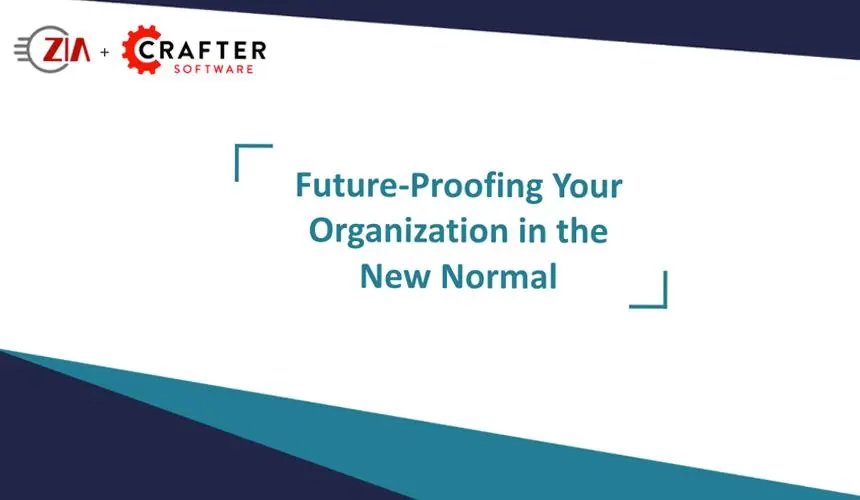
Future-Proofing Your Organization in the New Normal
Webcast
-
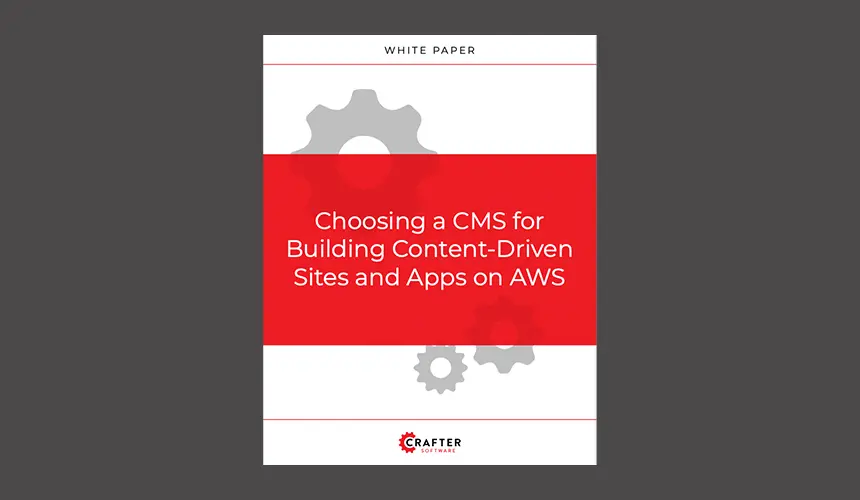
Choosing a CMS for Building Content-Driven Sites and Apps on AWS
White Paper





